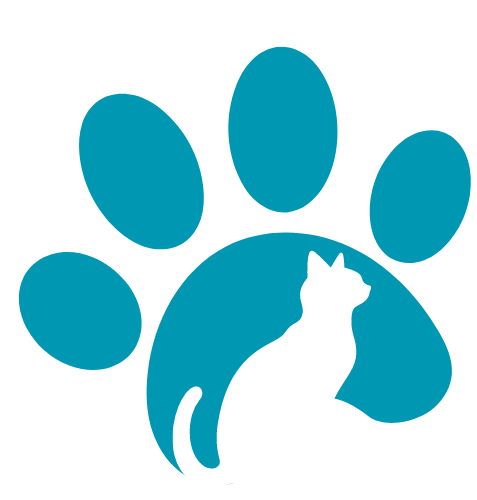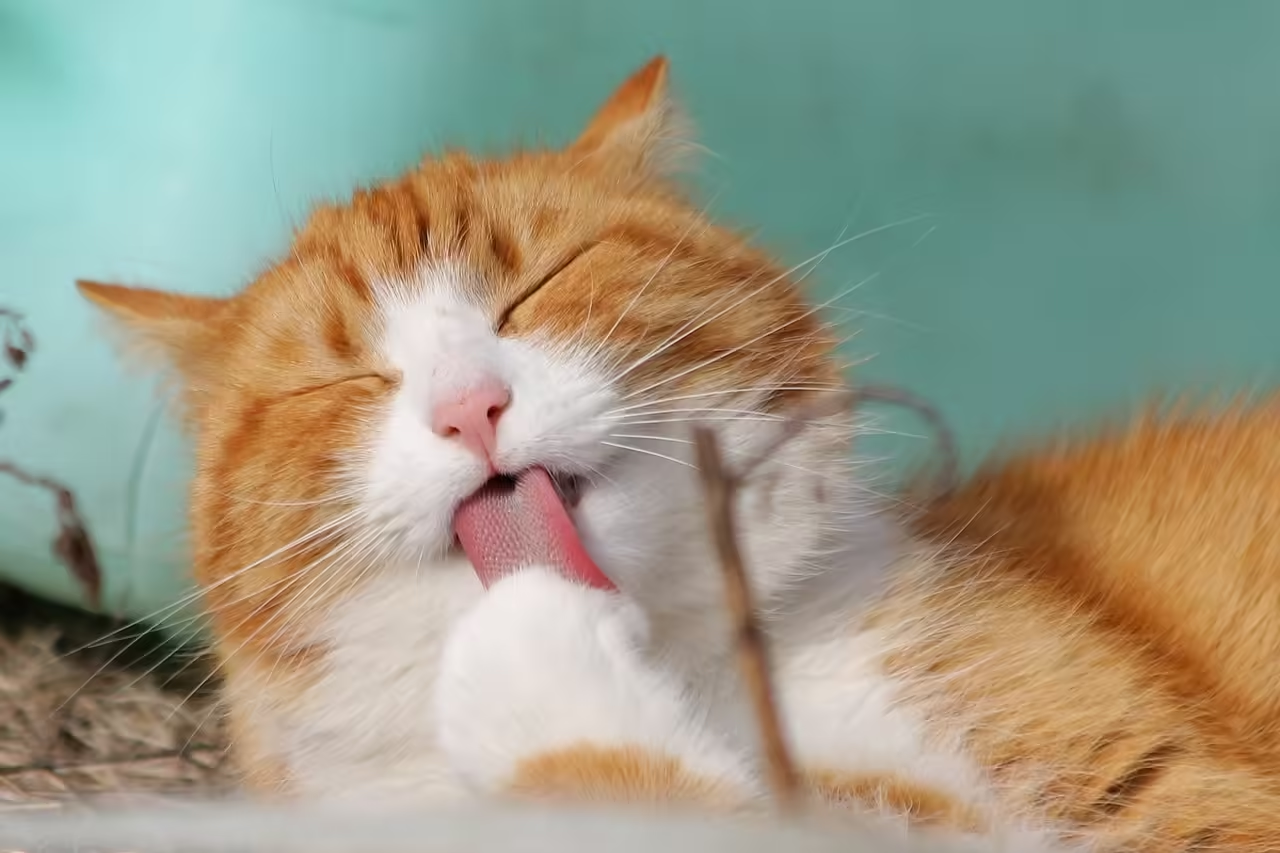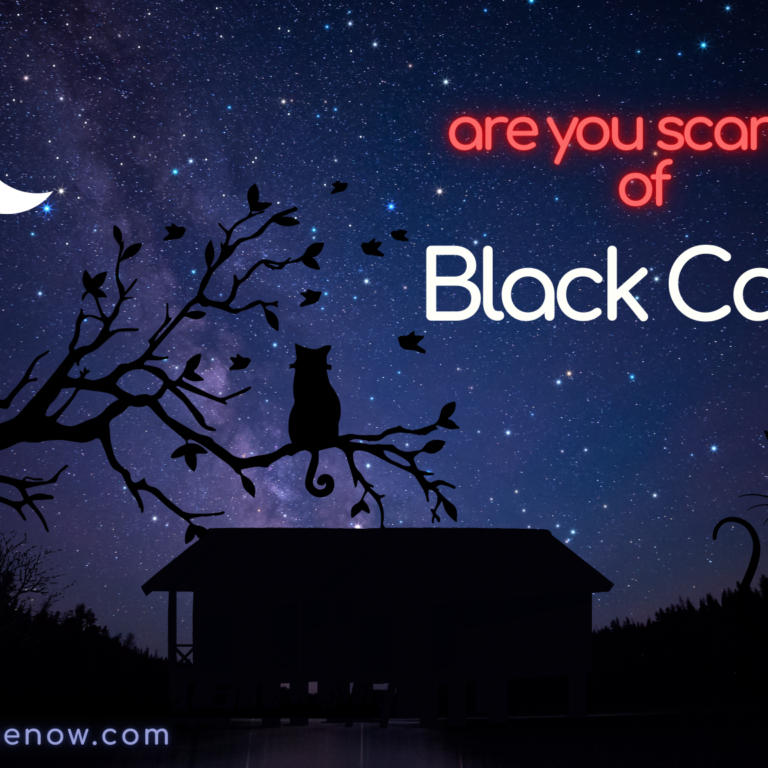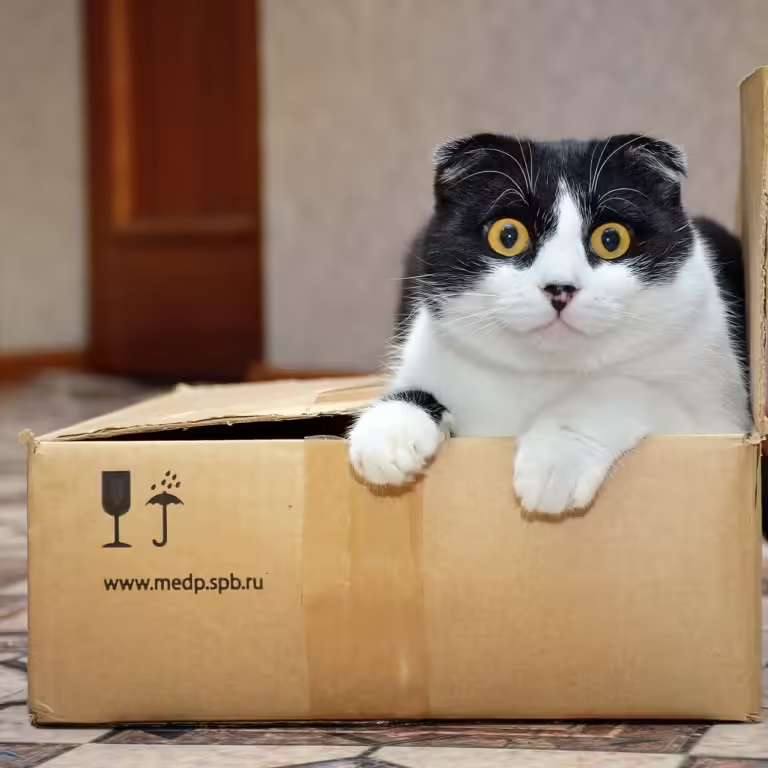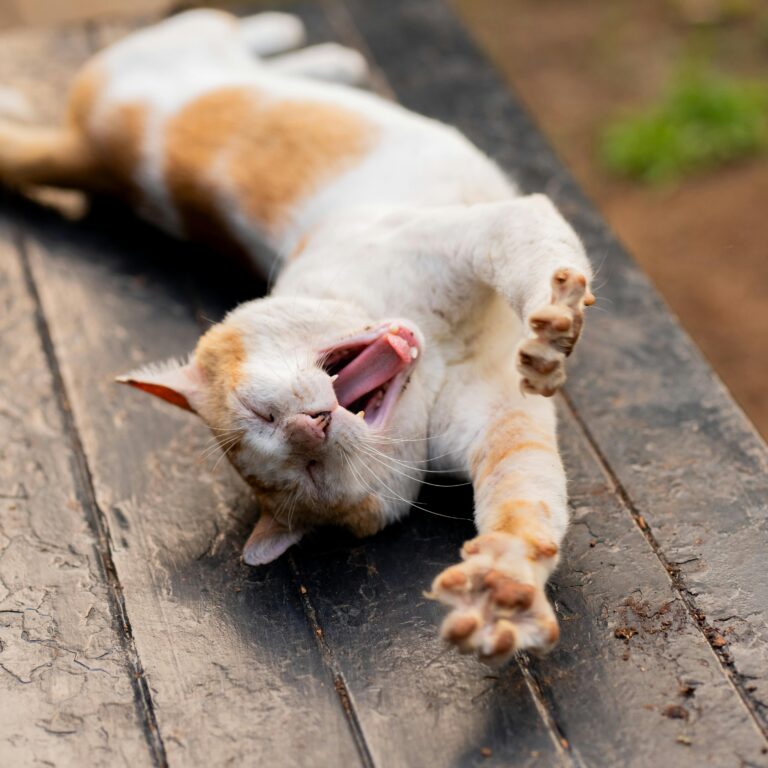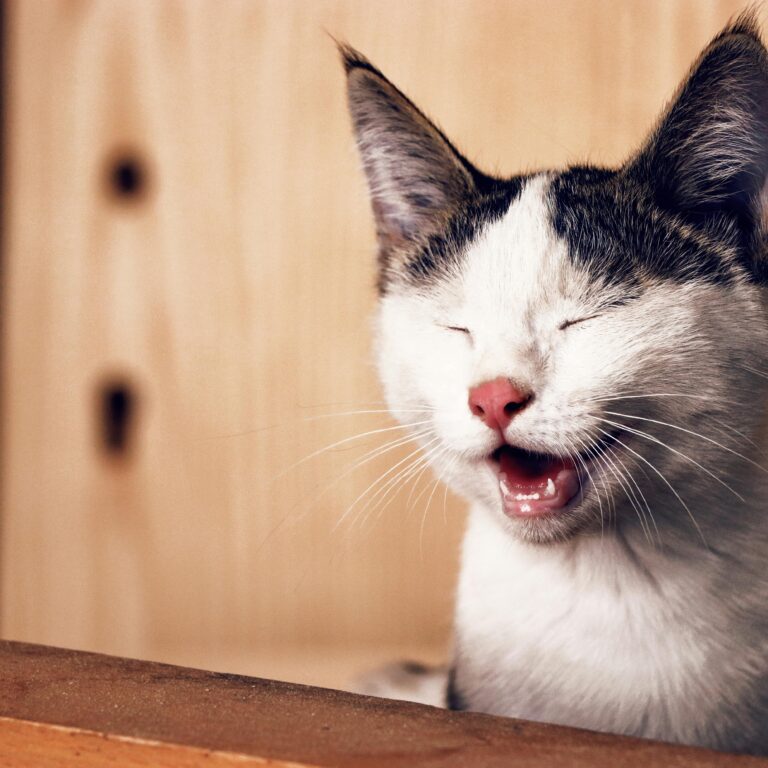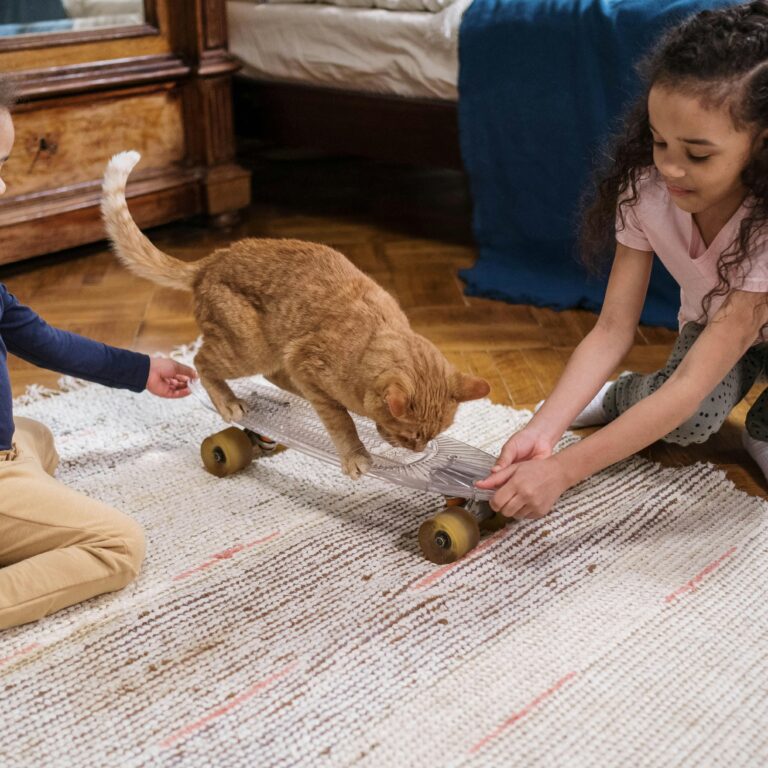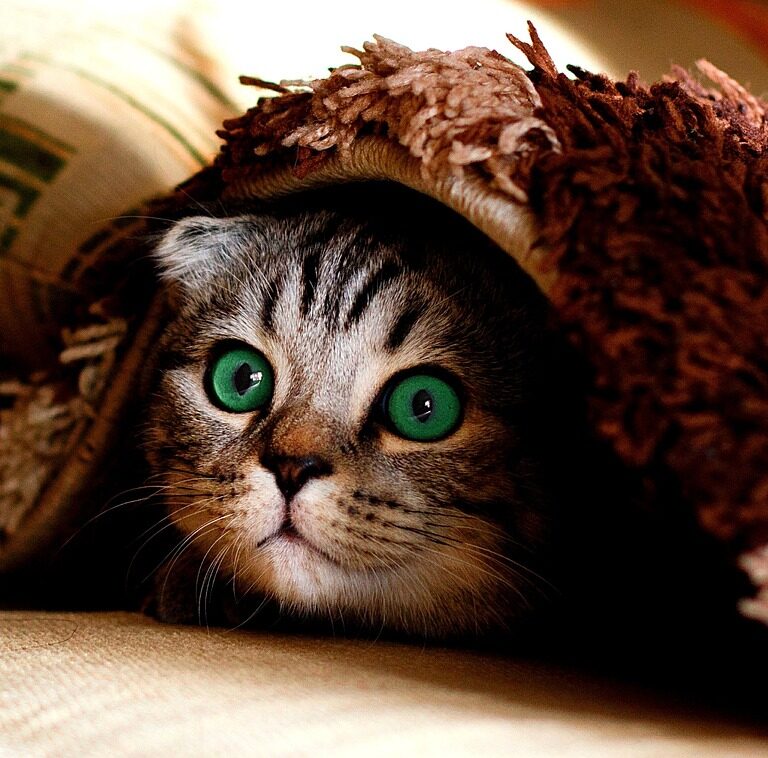Top 13 Signs of a Happy Cat
Cats are known for their mysterious and independent nature, but when it comes to expressing happiness, they have their unique ways of showing it. As a cat owner, it’s important to recognize these signs to ensure your feline friend is living a happy and fulfilled life. This article will explore the various indicators of a happy cat and how you can foster this positive environment for your pet.
1. Purring: The Universal Sign of Contentment
Purring is perhaps the most recognized sign of a happy cat. When your cat purrs, it’s often a sign of comfort and contentment. Cats purr for various reasons, but in most cases, it’s a positive expression. Pay attention to when and why your cat purrs—whether it’s during a cozy cuddle session or after a satisfying meal, purring is a clear indicator of a content kitty.
2. Kneading: A Throwback to Kittenhood
Kneading, often referred to as “making biscuits,” is when a cat rhythmically pushes its paws against a soft surface, such as your lap or a blanket. This behavior is rooted in kittenhood when kittens knead their mother’s belly to stimulate milk flow. In adult cats, kneading is a sign of comfort and happiness, often accompanied by purring.
3. Slow Blinks: The Cat’s Way of Saying ‘I Love You’
Cats use slow blinking as a form of communication, often referred to as a “cat kiss.” When your cat looks at you and slowly blinks, it’s a sign of trust and affection. This gesture means your cat feels safe and comfortable around you, which is a strong indicator of happiness.
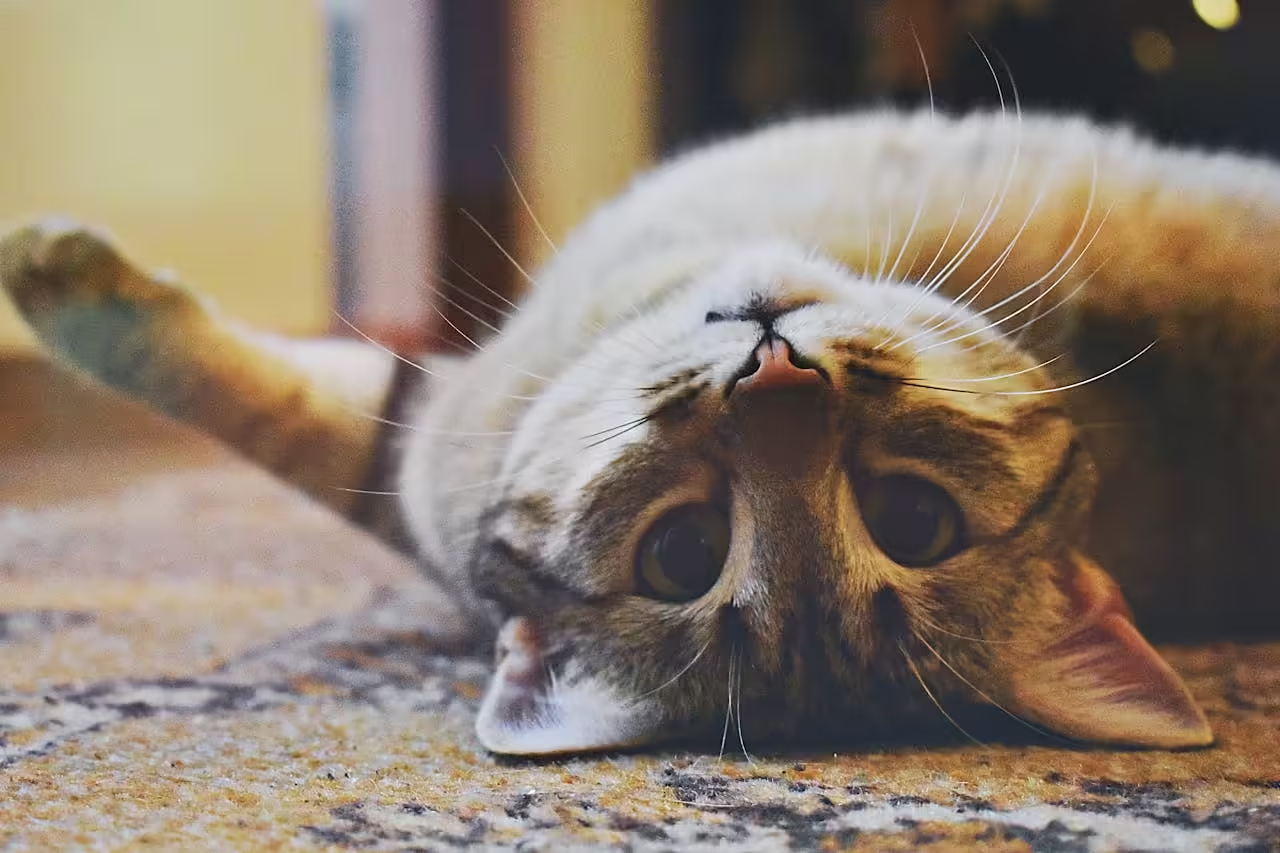
4. Playfulness: A Happy Cat Loves to Play
A happy cat is a playful cat. Whether it’s chasing after toys, pouncing on laser pointers, or engaging in a game of hide and seek, playful behavior is a sign that your cat is in good spirits. Regular play sessions not only keep your cat physically active but also mentally stimulated, contributing to their overall happiness.
5. Healthy Appetite: A Sign of Well-being
A cat with a healthy appetite is usually a happy one. Cats that are content and comfortable in their environment are likely to eat well. If your cat eagerly comes to the food bowl during mealtimes, it’s a positive sign. However, a sudden change in appetite, whether it’s an increase or decrease, could indicate stress or health issues, so it’s important to monitor this behavior closely.
6. Grooming: A Sign of Contentment
Cats are meticulous groomers, and when they feel safe and happy, they spend a significant amount of time grooming themselves. Grooming not only keeps their coat clean but also helps cats relax. In multi-cat households, cats that groom each other, or “allogrooming,” are showing signs of social bonding and contentment.
7. Social Behavior: Seeking Your Company
A happy cat will often seek out your company, whether it’s curling up next to you on the couch or following you around the house. Social behavior varies from cat to cat, but in general, a cat that actively engages with you and shows interest in being near you is likely a content and happy pet.
8. Relaxed Posture: The Body Language of Happiness
Cats communicate a lot through body language, and a relaxed posture is a key indicator of happiness. If your cat lies on its back with its belly exposed, this is a sign of trust and comfort, as the belly is a vulnerable area. Similarly, a cat that sleeps in a stretched-out position shows that it feels safe in its environment.
9. Tail Up: The Happy Cat Tail Position
The position of your cat’s tail can tell you a lot about its mood. A happy and confident cat will often walk with its tail held high, sometimes with a slight curve at the tip, resembling a question mark. This tail position indicates that your cat is feeling secure and content.
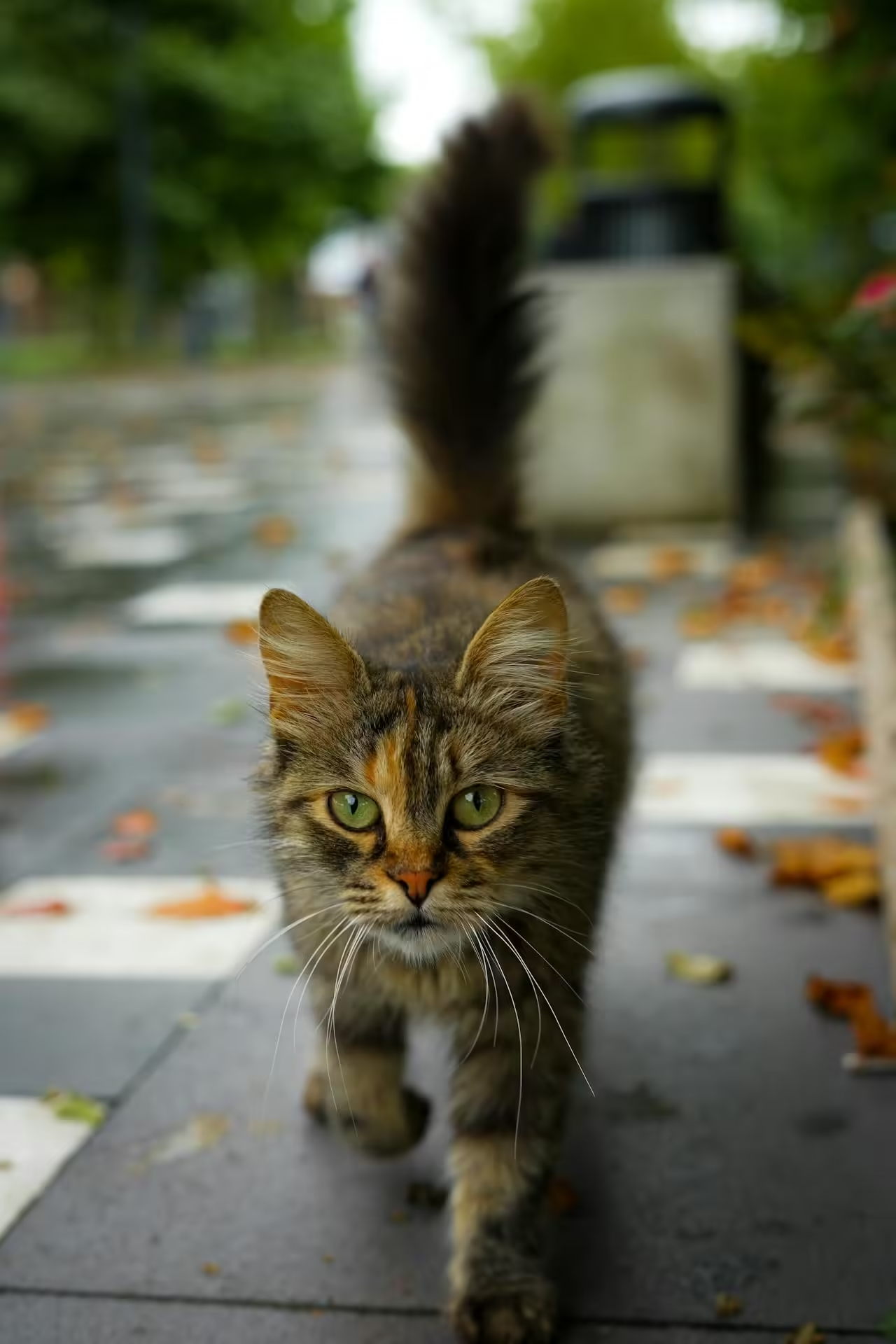
10. Vocalization: The Talkative Cat
Cats are known to vocalize in various ways, and a happy cat will often have a range of meows, chirps, and trills to communicate with you. Some cats are naturally more talkative than others, but if your cat regularly “talks” to you, it’s a sign that they are comfortable and happy in your presence.
11. Curiosity: The Sign of an Engaged Mind
A curious cat is often a happy one. Cats love to explore their environment, investigate new objects, and observe their surroundings. Curiosity is a sign that your cat feels secure enough to engage with the world around them. Providing plenty of mental stimulation through toys, puzzles, and new experiences can help maintain this positive behavior.
12. Head Butting: A Sign of Affection
When your cat head butts you, it’s a sign of affection and bonding. This behavior, known as “bunting,” is a way for cats to mark you with their scent, indicating that they see you as a safe and comforting presence. Head butting is a sure sign that your cat is happy and sees you as part of their social group.
13. Sleep Patterns: Deep and Restful Sleep
A happy cat will have regular sleep patterns and engage in deep, restful sleep. Cats sleep for a significant portion of the day, and if your cat is sleeping soundly in a variety of locations around your home, it’s a good sign that they feel safe and content. A cat that is restless or constantly on edge may be experiencing stress or discomfort.
Conclusion
Understanding the signs of a happy cat is essential for any cat owner. By recognizing these behaviors and providing a nurturing environment, you can ensure that your feline friend is living a joyful and fulfilled life. From purring and kneading to playful antics and head butting, each of these behaviors offers insight into your cat’s emotional state. Remember, a happy cat is a healthy cat, so pay attention to these signs and respond with love, care, and plenty of affection.
